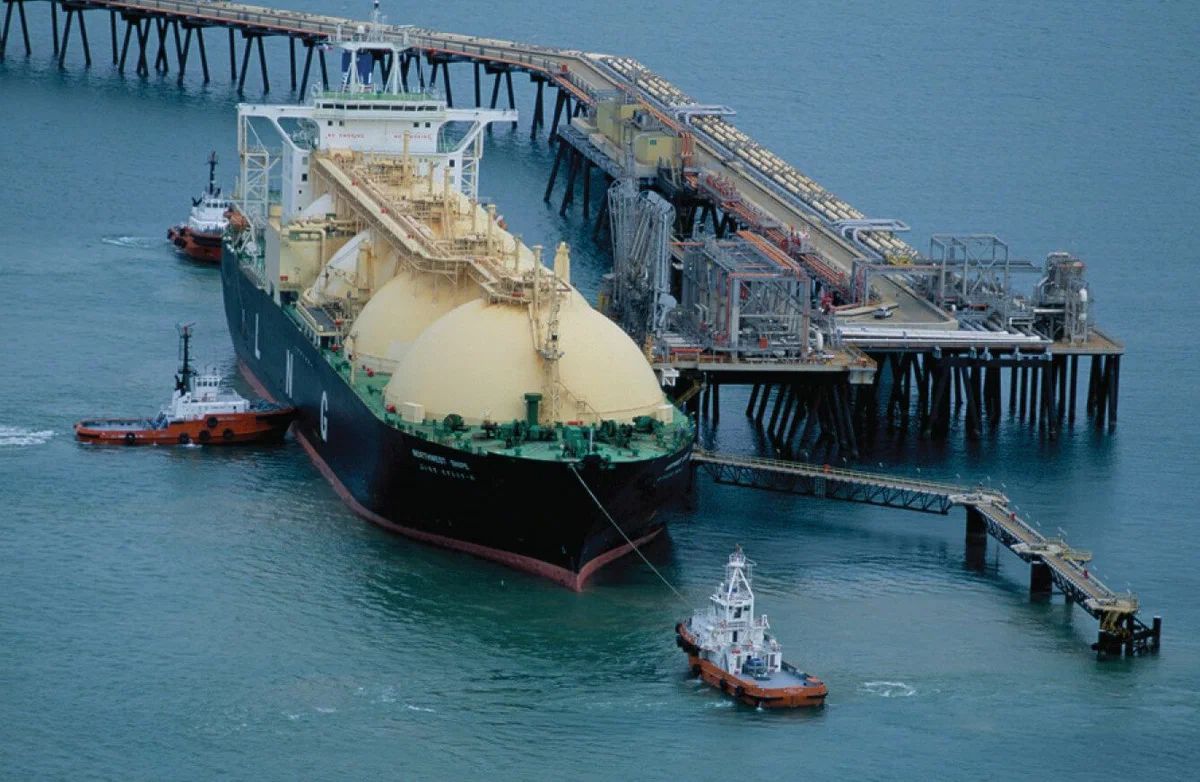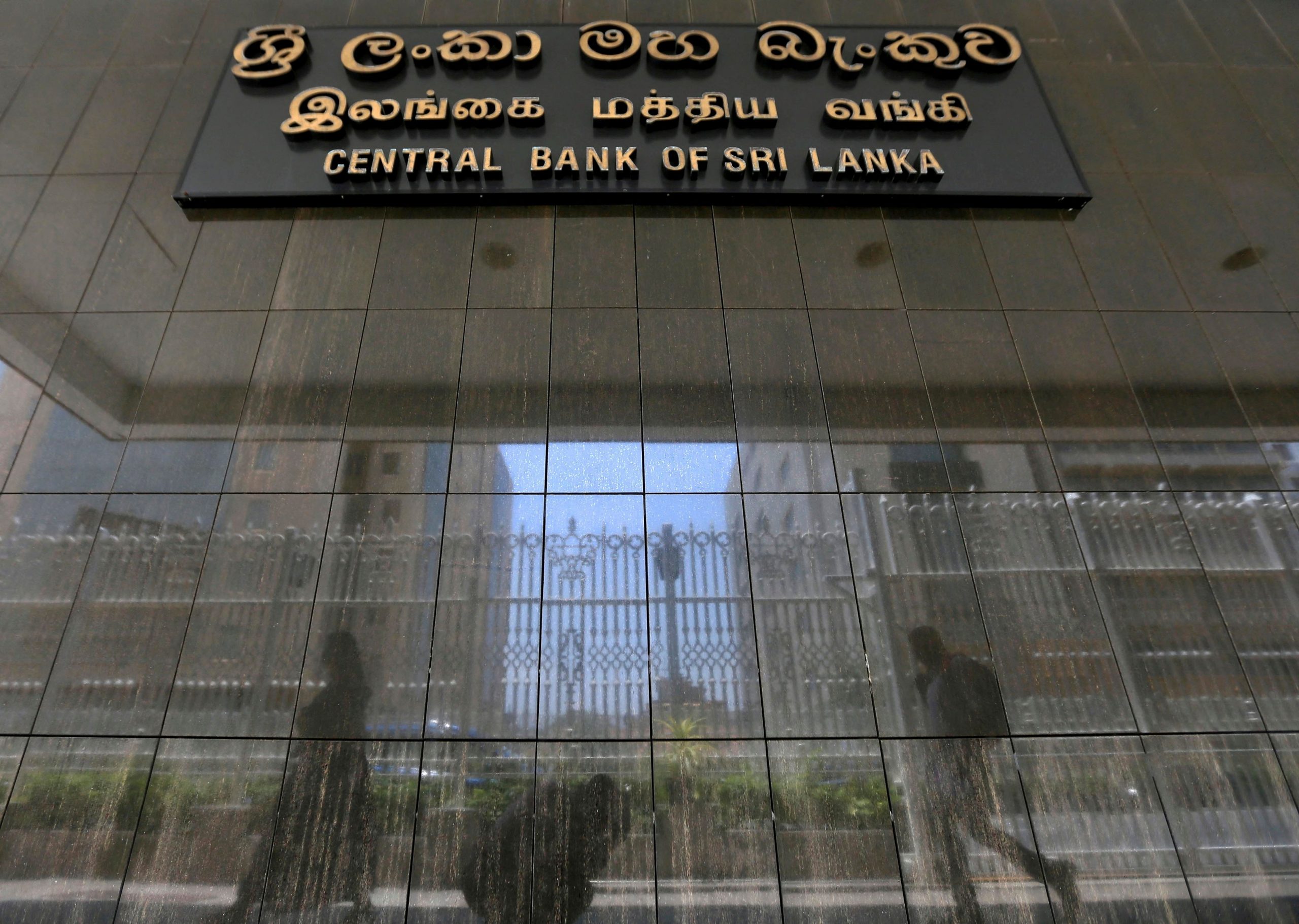Asian prices for liquefied natural gas (LNG) have plunged to a two-year record low, driven by lukewarm demand and burgeoning inventories. Likewise, European LNG prices have dipped beneath $10, suggesting a strong inventory expansion and a diminished requirement for further supplies.
Insiders from the LNG sector indicated that the average cost for LNG delivery to northeast Asia in July has contracted by 6.6% compared to the previous week, bottoming out at $9.8 per million British thermal units (mmBtu). This represents the lowest point since May 2021.
Toby Copson, Trident LNG’s Chief of Global Trading, explained the reason behind the price drop: “As prices consistently hover below $10, we’re witnessing an overall weakening in demand. However, these prices have piqued the interest of some industrial purchasers in China and utility providers in Japan, who have seized the opportunity to buy shipments at these advantageous prices.”
With futures prices eclipsing spot prices, a positive contango trend is evident in the market. Copson remains hopeful that demand will rebound as weather conditions deteriorate. “Expect to see heightened activity from the major entities when we start making bookings for August,” he remarked.
According to Energy Aspects’ LNG market analyst, Leo Kabouche, spot tenders are still being predominantly snapped up by South Asian buyers. A heatwave in Thailand, currently straining its hydropower capabilities, could lead to an upswing in demand.
“Spot price trajectory is largely contingent on demand from China, as it is best positioned to absorb the global LNG surplus. However, we’ve only seen a minor recovery so far this year,” Kabouche commented.
Samuel Good, the person in charge of LNG pricing at Argus, suggested that the ongoing contango in northeast Asia till late summer and early winter could prompt the sale of US and West African shipments to consumers in northeast Asia later in the year. However, the question remains whether northeast Asian demand can absorb a significant part of the Atlantic supply.
In spite of scheduled maintenance activities in the US, Oman, and Qatar, and unforeseen downtime at Norway’s Hammerfest, Good highlighted that the supply of cargo remains plentiful and is expected to remain so in the Atlantic basin.

Meanwhile, in Europe, the economic incentive to trade non-contracted LNG has lessened due to shrinking gas demand and surplus stock. PZ – Energy Research & Strategy’s Chief Energy Economist, Hans Van Cleef, revealed that Europe’s storage facilities are currently 65% full, which doesn’t pose an immediate threat.
“However, a risk could emerge over a longer timeframe if demand spikes due to economic revival following a downturn, severe weather conditions, or if other global consumers start purchasing this LNG, thereby depleting Europe’s reserves when required,” Van Cleef pointed out.
Allen Reed, who heads Atlantic LNG as the Managing Editor at S&P Global Commodity Insights, set the daily benchmark for the northwest Europe LNG Marker (NWM) for July deliveries on a delivered ex-ship (DES) basis at $8.427/mmBtu as of May 18. This suggests a price cut of $1.220/mmBtu relative to the July gas price at the Dutch TTF gas hub. Concurrently, Argus assessed the NWE DES price at $8.25/mmBtu, indicating a $1.42 discount to the TTF gas price.
Meanwhile, Edward Armitage, an expert analyst from Spark Commodities, observed that spot LNG freight rates have taken a further downturn this week, reaching their lowest ebb since the summer of 2022. Atlantic spot rates fell to $36,000 per day by the end of the week, while Pacific rates sunk to $39,750 per day.
©traders-news.online










